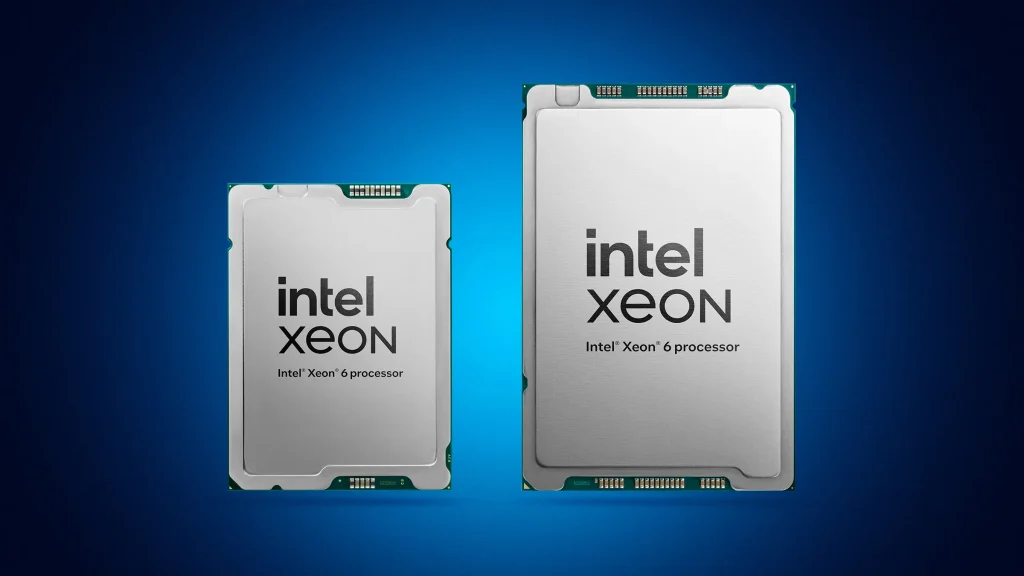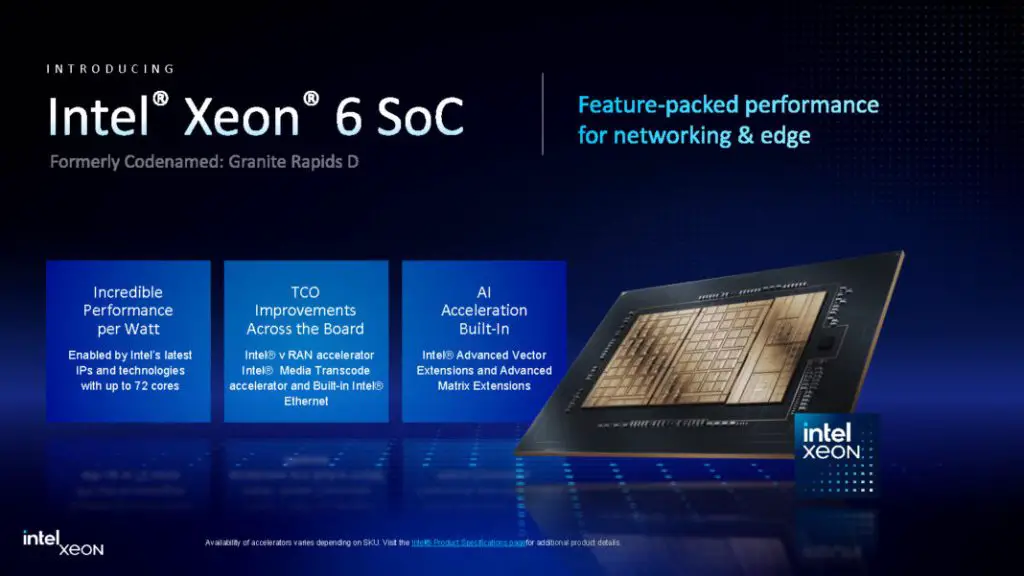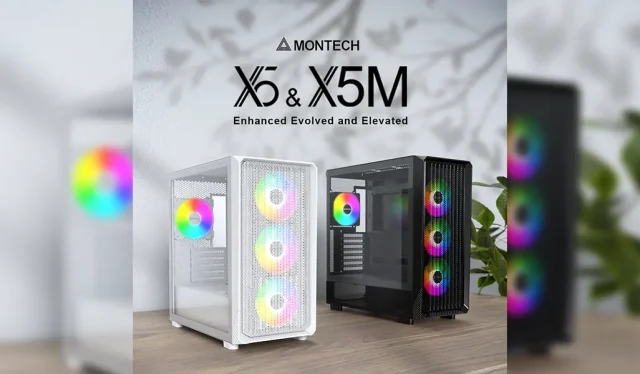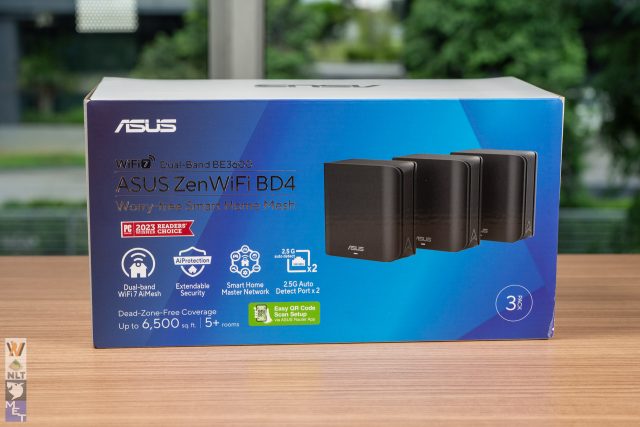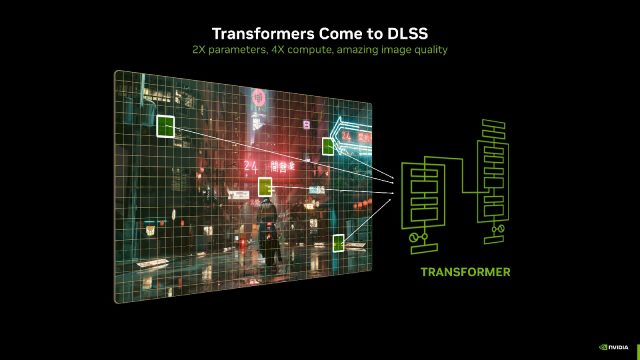In an effort to grab back some of market shares in the industrial and B2B segment, Intel has announced a new slew of Xeon 6 processors and SoCs.
Let’s talk about the Xeon 6 ‘Granite Rapids’ chips first. The family first arrived in the form of the “6900” tier which brings up to 128 P-Cores per chip and is still the flagship level options so what’s on the new menu is the “6700” and “6500” tier with scaled-down cores and overall performance in exchange for a more friendly price, allowing small and mid-tier enterprises to own and operate industry-level hardware according to their requirements.
They all contain compute and memory dies fabricated by Intel 3 process node while I/O dies are done with Intel 7 respectively. Since these are not gunning for the “maximum core count per chip for data centers” kind of demand, Team Blue also took the chance to add flexibility in terms of balancing core count and clock speeds.
Although memory channels has gone down from 12 to 8 as expected due to tiering, the chip can do 2x DIMMS per channel which is not available for the “6900” SKUs. Additionally, single-socket configs now support up to 136 PCIe 5.0 lanes as opposed to the 88 on multi-socket variants. Yup, Intel is still sticking to the idea of multi-socket systems that goes beyond “Number 2” while fellow AMD only does 1/2 socket configs for EPYC since the beginning.
As for why such dedication from Team Blue when everyone is running Compute Express Link (CXL) memory expansion devices that practically removes CPU bottleneck in terms of system memory capacity limit, only Intel holds the answer.
Anyway, TDP rating has also dropped by a chunk due to the lower overall core count and better process node producing the chip while overall performance, when compared against the best 5th-gen Xeon SKUs, are improved from 14%-54%. They also vastly enhanced the power of its accelerators (not just AI but a wide variety of other application-specific things) to help said tasks run faster than ever without bothering the GPU.
Notable benchmarks also include stronger cryptographic engines and advanced matrix extensions (AMX) performance at a 10:1 ratio (10x Cascade Lake servers vs 1x Xeon 6 server), and 62%/17%/52%/43%/217% uplift in Nginx TLS, MongoDB, HPCG, OpenFOAM, and ResNet-50 over 5th Gen AMD EPYC counterparts respectively.
On the other hand, the long-awaited Granite Rapids-D aka Xeon 6 SoC is revealed together and these are offered up to 72 cores per chip, giving the embedded market another attractive option thanks to selected SKUs containing vRAN Boost while most of them runs 100G/200G Ethernet.
The advantage of applying a P-Core design is that AMX is enabled here, which means a great deal of AI acceleration is built-in within the SoC – expected but definitely good to hear. If needed, some of the SKUs also have a media transcode accelerator for videos, so be sure to go for this one for your video processing algorithm and associated server.

